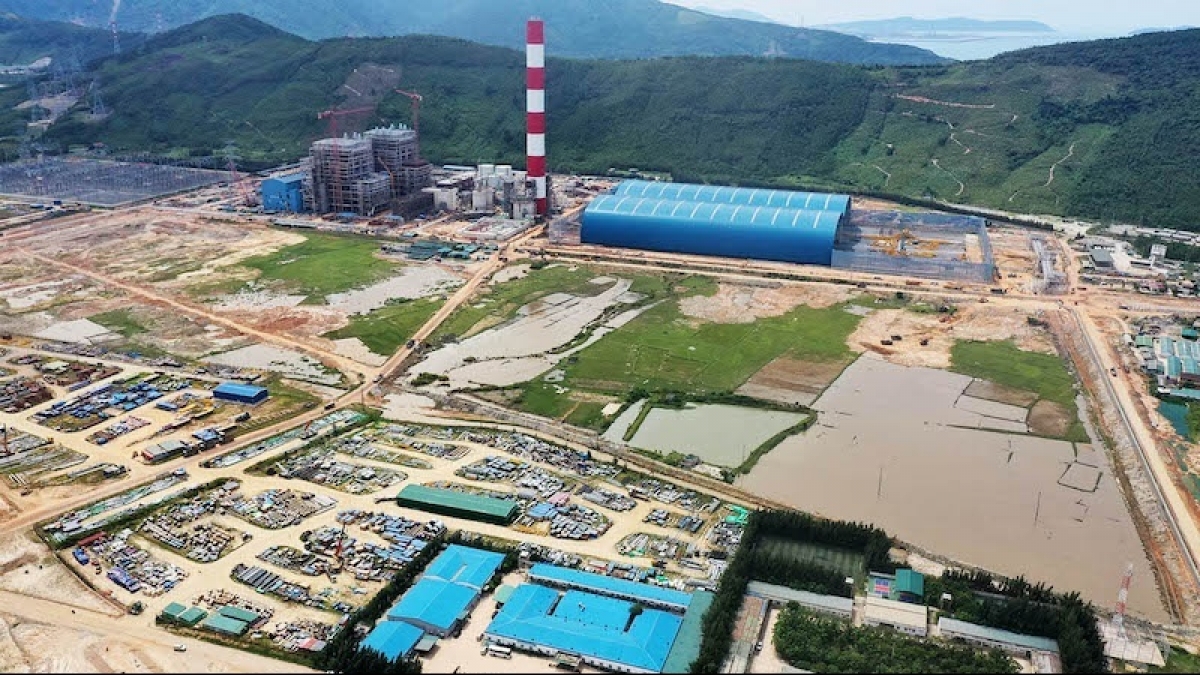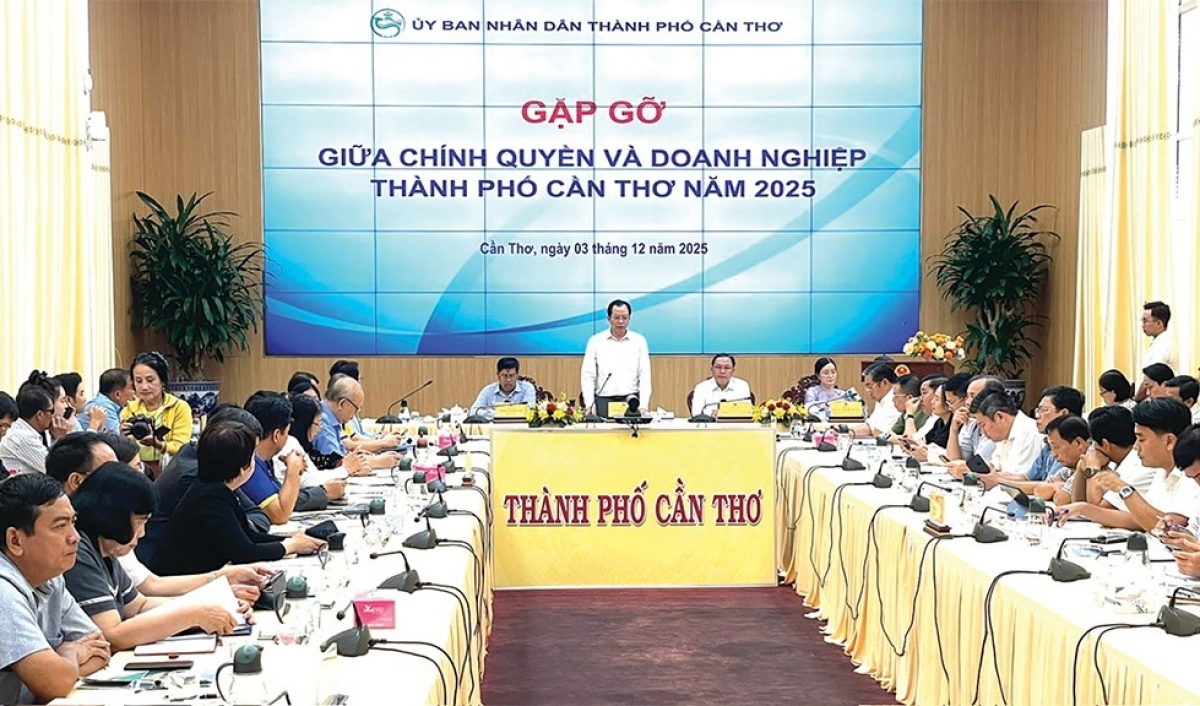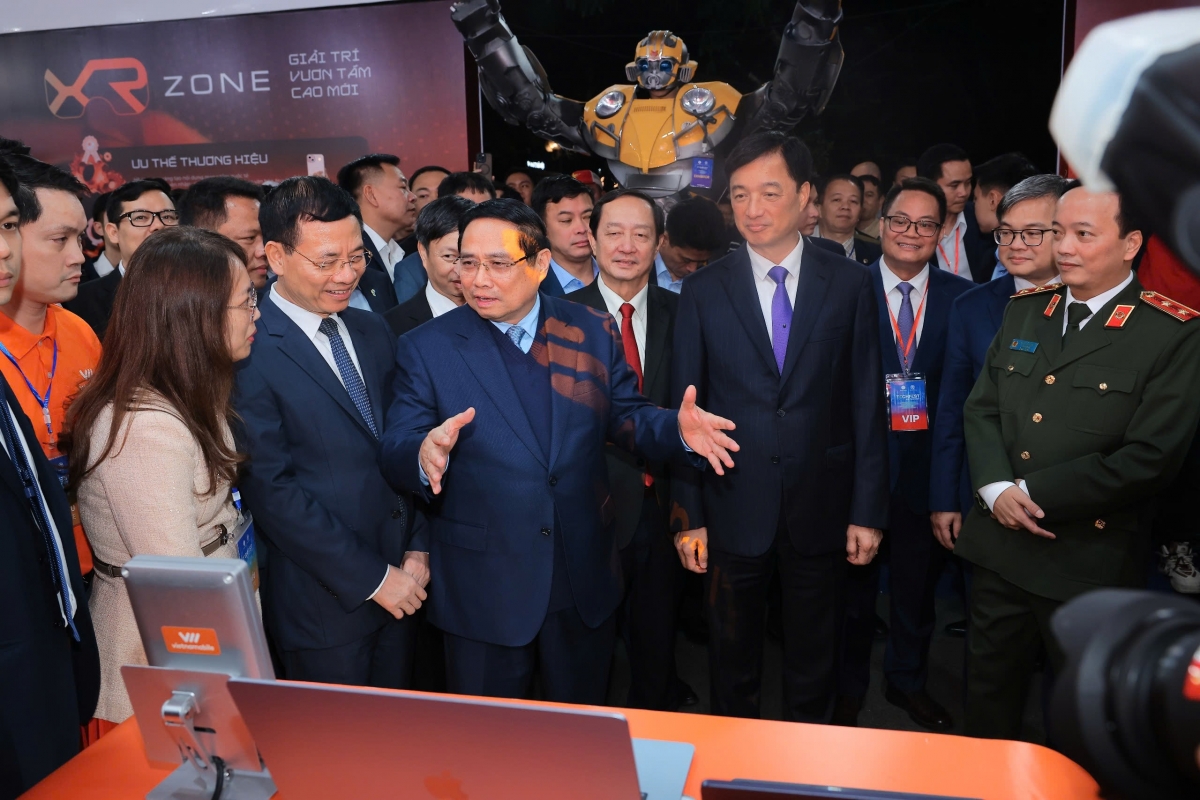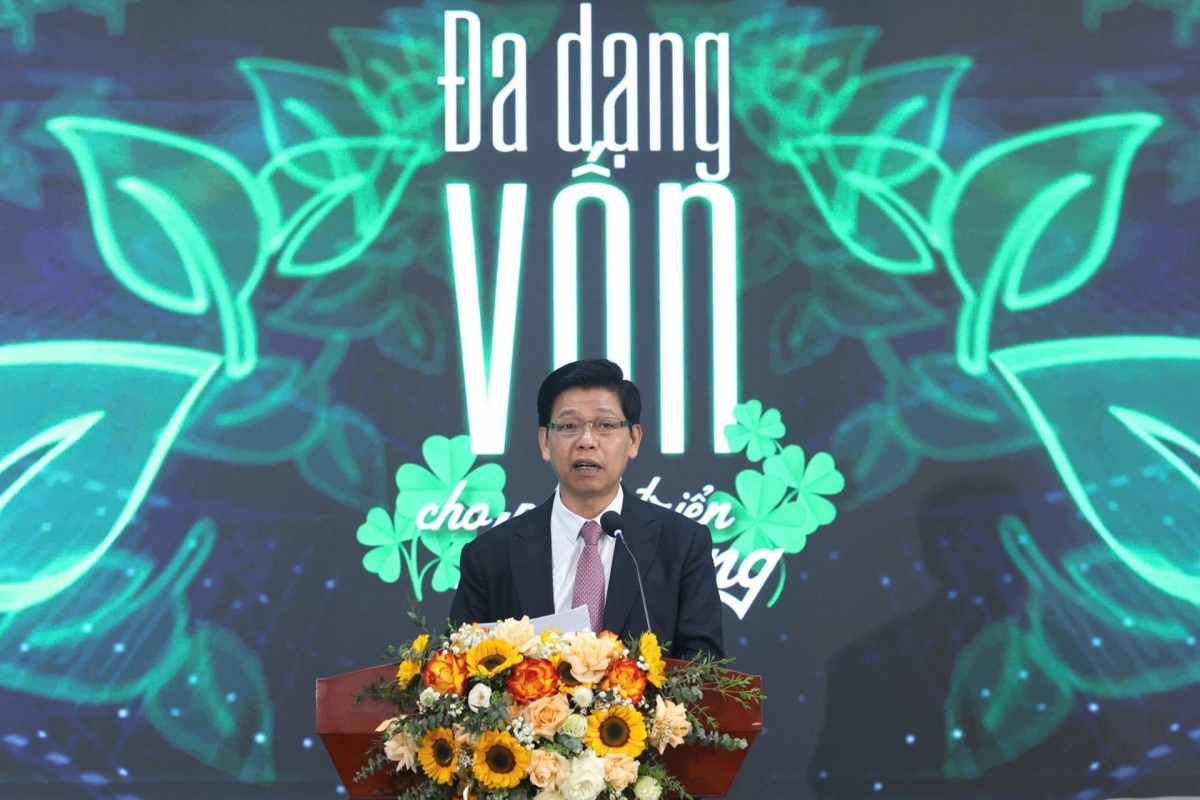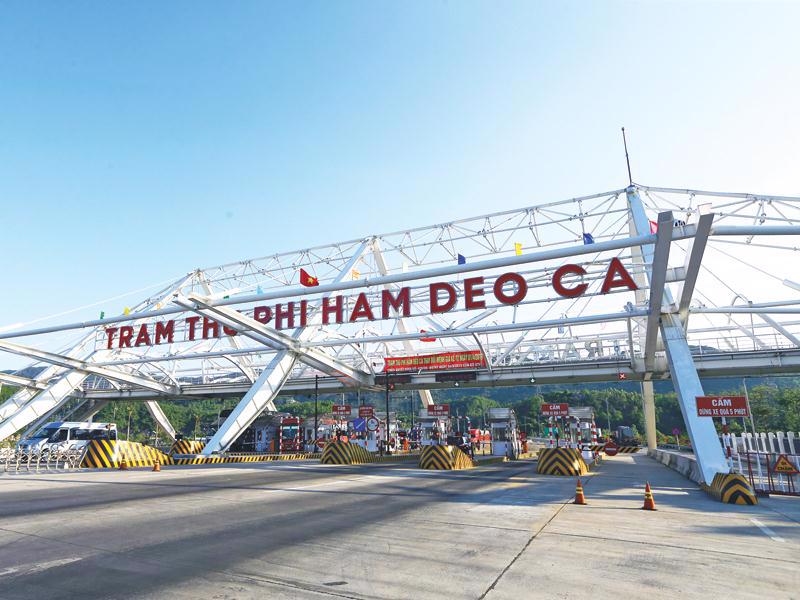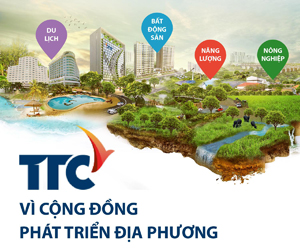INTERNATIONAL INVESTMENT
AND PORTAL
Utilising AI for faster crop breeding is becoming more popular. Waseem Hussain, senior scientist from the International Rice Research Institute, gave VIR’s Kim Oanh his insights on using AI algorithms for predicting plant traits, optimising breeding, and enhancing crop resilience.
Can you share more information about the current application of AI in crop breeding?
 Waseem Hussain, senior scientist from the International Rice Research Institute
Waseem Hussain, senior scientist from the International Rice Research Institute
AI is a very hot topic nowadays, and we’ve seen its role in areas like robots, ChatGPT, and digital tools. In breeding, AI is one of the most significant tools. People are starting to use and leverage it, and AI brings a lot of value by bridging gaps.
One of its biggest roles is not changing how we do breeding, but making it more precise, targeted, effective, efficient, and quicker. With climate change taking place, we don’t have much time, and we face many issues related to resource scarcity. We need to develop varieties and increase production quickly. AI is a game-changer, helping us overcome these challenges in innovative ways.
AI is a universal tool, applicable not just in breeding but also in areas like climate change and greenhouse gas management. We can use AI tools to simplify tasks, performing human tasks quickly. The human brain isn’t designed to handle big datasets or leverage machines effectively, but AI can process these rapidly. It’s highly automated, not monotonous, and applicable to many research areas.
How effectively is AI used in agriculture, and what are collaboration opportunities in the AI space and crop breeding technology in particular?
We’re seeing many examples of AI in research, including rice and agriculture. For instance, digital phenotyping is an area where AI has taken over. AI isn’t entirely new but now, with available data and powerful machines, it’s becoming more central. Previously, the challenge was the lack of data. For example, Amazon’s recommendation system took years to build the necessary data before suggesting offers for customers.
Joint research can develop AI algorithms for predicting plant traits, optimising breeding, and enhancing crop resilience. Parties will have larger human capital resources, and joint projects and model developments. Besides that, the collaboration will help to share germplasm and joint computational facilities, helping to save the costs.
You’ve conducted a lot of research related to breeding, but how much of this is actually being applied, and what are the challenges in bringing research from the lab to reality?
Every tool comes with challenges. In breeding programmes, developing a variety and bringing it to farmers’ fields is already happening. The question is, how can we leverage AI to do this faster, more precisely, and more effectively? AI is already helping in many areas.
For example, in genomic prediction, we can predict how a genotype will perform in a farmer’s field without growing it. However, this relies on having robust datasets. AI depends on training, much like raising a child. When a baby is born, parents train them on how to eat, grow, and behave. If trained well, the child behaves well; if not, they don’t. Similarly, AI needs extensive datasets to train models effectively.
Businesses and research institutes must have a deep understanding of problems and solutions, preparing large amounts of data and resources to implement AI effectively, because the transition to AI models must consider their availability.
A lot of research is required to validate and test these models in the field, and that’s where the challenge lies. But progress is already being made.
By Kim Oanh




